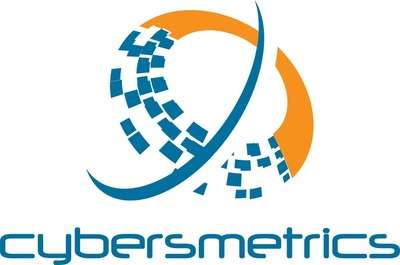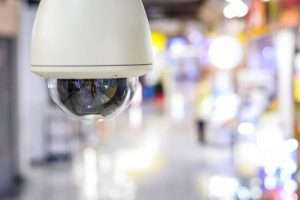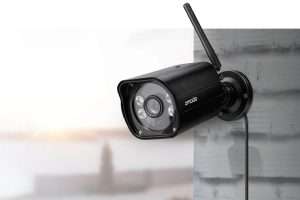Rfid Wristbands | Panama City Beach, FL
Lost of revenue, trespassing, unauthorized access to amenities, vandalism – seems like a battle for many resorts in our town of Panama City Beach. It’s time for you take control of your property with RFID Wristband Access Control System. Whether you are looking for a standalone unit or completely centralized solution for all of your gates.
Benefits of RFID Access Control
- Easy guest enrollment and purchase of wristbands & passes
- Excellent guest experiences that drive positive online reviews
- Fast and efficient check-in upon guest arrival
- Data collection for downstream marketing opportunities

How does RFID Works?
RFID (Radio Frequency Identification) access control systems work by using a small electronic device called an RFID tag or card that is attached to an object or carried by a person. These tags contain a unique identifier that can be read by an RFID reader or antenna.
When a person or object with an RFID tag comes within range of the reader, the reader sends out a radio signal to the tag. The tag responds with its unique identifier, which the reader then reads and sends to the access control system’s central computer.
The access control system then uses the unique identifier to determine whether the person or object is authorized to access the area or device being protected. If the tag is authorized, the access control system will unlock the door or allow access to the protected area. If the tag is not authorized, access will be denied.
RFID access control systems offer several advantages over traditional key-based systems, including greater security, convenience, and flexibility. They are widely used in various applications such as building access control, inventory management, and asset tracking.
Components:
RFID access control systems consist of several components, including RFID tags or cards, RFID readers or antennas, access control panels, and a central control server. The access control panels are responsible for managing the access control process and controlling the locking and unlocking of doors, gates, or other physical barriers.
Types of RFID tags:
RFID tags used in access control systems can be passive or active. Passive tags do not have a power source and rely on the radio frequency signal from the reader to power them up and transmit their data. Active tags have their own power source and can transmit their data over longer distances.
Types of RFID readers:
RFID readers can be fixed or handheld. Fixed readers are mounted in a specific location and are used for tracking assets or controlling access to buildings. Handheld readers are portable and can be used to read tags at various locations.
Data encryption:
RFID access control systems can use various methods of data encryption to ensure the security of the data transmitted between the tags, readers, and control system. This includes using secure communication protocols and encryption algorithms to protect the data from unauthorized access or interception.
Integration with other systems:
RFID access control systems can be integrated with other systems such as video surveillance, alarms, and intercom systems to provide enhanced security and control. This allows the system to trigger alerts or alarms when an unauthorized access attempt is detected or to provide visual verification of the person requesting access.
Overall, RFID access control systems are a reliable and secure way to manage access to buildings, areas, and devices. They provide greater convenience and flexibility compared to traditional key-based systems and can be integrated with other security systems for enhanced protection.





